Belonging to the Cucurbitaceae family, these versatile plants offer gardeners a wide range of shapes, sizes, and colors. They are scientifically known as Cucurbita pepo. Pumpkin pollination is crucial for maximizing yield and ensuring a bountiful harvest. Without proper pollination, Pumpkin plants may produce fewer fruits or even fail to develop Pumpkins altogether, which could disappoint farmers and gardeners alike.
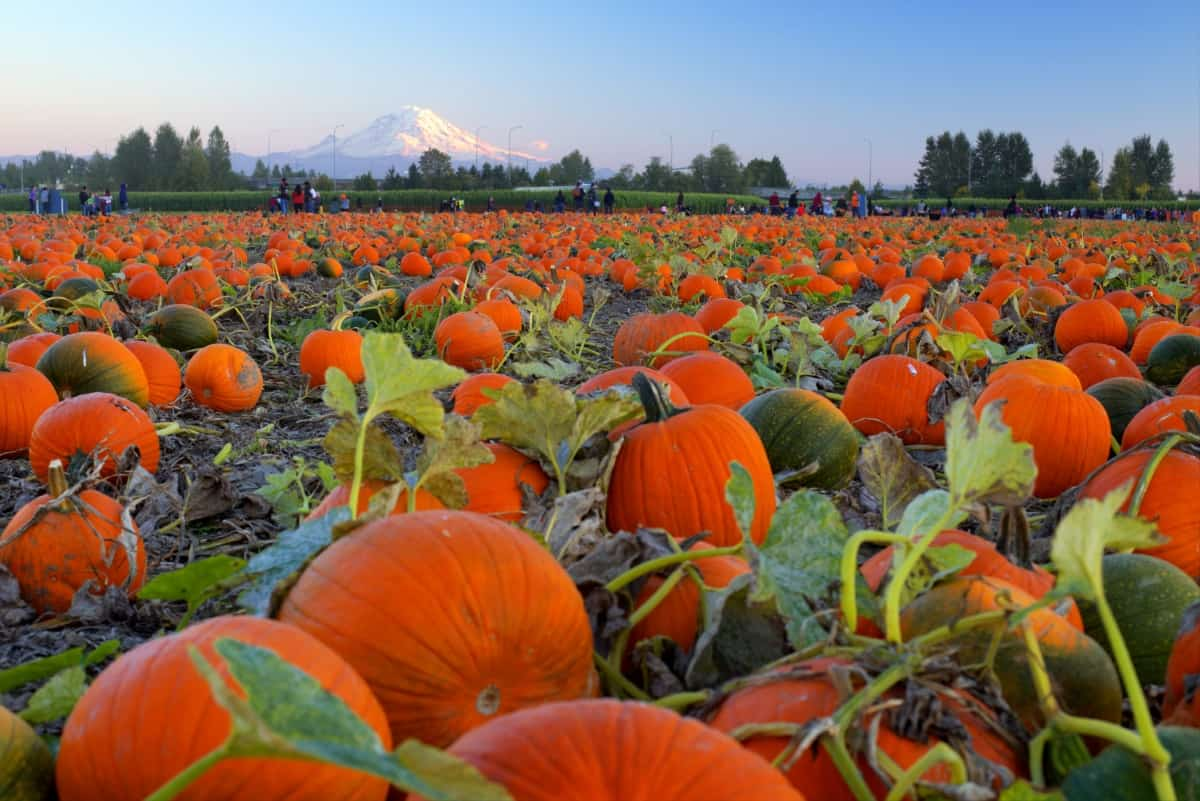
Understanding Pumpkin Pollination Basics
Pumpkin pollination is a fascinating process that is crucial to maximizing Pumpkin yield. Understanding the basics of how Pumpkins are pollinated can help you make informed decisions to support healthy growth and production. Bees play a vital role in transferring pollen from male to female Pumpkin flowers, setting the stage for successful fruit development.
Selecting the right Pumpkin varieties known for optimal pollination can significantly impact overall yield. Pumpkin plants have male and female flowers on the same vine, requiring cross-pollination for fruit development. Bees are primary pollinators attracted by the bright yellow color of Pumpkin flowers, transferring pollen from male to female blooms.
The Role of Bees in Pumpkin Pollination
Bees play a crucial role in Pumpkin pollination. As they buzz from flower to flower collecting nectar, they inadvertently transfer pollen grains, aiding in the fertilization process. This cross-pollination is essential for ensuring healthy fruit development and maximum yield. Bees’ hairy bodies attract pollen grains, which stick to them as they move between flowers. This movement facilitates the transfer of genetic material required for seed production within Pumpkins. Without bees, this natural pollination process would be significantly hindered.
Bees are attracted to the bright yellow color of Pumpkin flowers, as well as the sweet nectar they produce. They visit flowers frequently, increasing the chances of pollination. Bees have specialized body structures and behaviors that enhance pollination efficiency. Honeybees and native bee species are particularly effective at pollinating Pumpkins due to their behavior and biology. Their efficient foraging habits ensure that Pumpkin plants receive adequate pollen coverage, leading to a successful fruit set.
Selecting the Right Pumpkin Varieties for Optimal Pollination
Different Pumpkin cultivars have varying flowering patterns and preferences for pollinators. By choosing varieties that suit your growing conditions, you can optimize pollination success. Varieties like Cinderella Pumpkin, Howden, Jarrahdale, Cinderella, and Connecticut Field are known for their excellent pollination characteristics.
In case you missed it: Pumpkin Farming, Planting, Care, and Harvesting
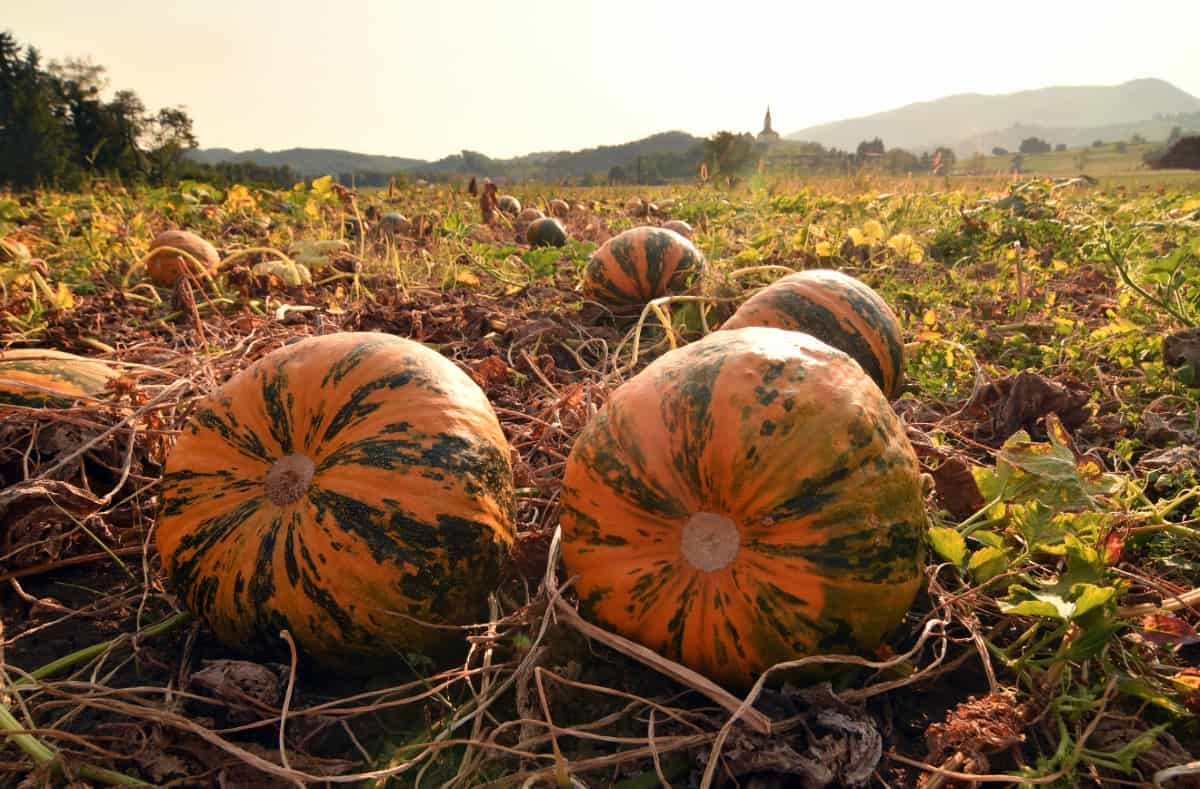
Some Pumpkin varieties produce more male flowers early in the season, while others have a balanced mix of male and female blooms throughout the season. Understanding these differences can help ensure a steady supply of pollen for effective pollination. Consider factors like bloom duration, flower size, and plant spacing when selecting Pumpkin varieties. This attention to detail can promote cross-pollination and increase fruit set.
The Importance of Pollinator Habitats Near Pumpkin Fields
Pollinators play a crucial role in the Pumpkin fields, ensuring optimal yield and healthy crops. Creating habitats near Pumpkin fields is essential to attract these important pollinators like bees, butterflies, and other insects. By providing them with a safe space to thrive, you’re enhancing the natural pollination process for your Pumpkins. Diversity in plants within these habitats is key to attracting a wide range of pollinators.
Including native flowers that bloom throughout the season will help sustain beneficial insect populations year-round. This continuous food source encourages them to stay in the area longer and improves pollination rates for Pumpkins. Avoiding pesticide use near these habitats is vital as it can harm or deter pollinators from visiting your fields. Instead, choose organic pest control methods that are safer for both the environment and beneficial insects.
Techniques for Attracting Native Pollinators
Planting a diverse variety of flowering plants around your Pumpkin patch is an effective technique for attracting native pollinators. Native bees and other beneficial insects are attracted to a variety of blooms, so consider adding wildflowers, herbs, and shrubs around your Pumpkins. Creating habitat diversity by incorporating nesting sites like bee hotels of bare ground can also encourage native pollinators to stick around. Providing shelter and suitable nesting areas will help support their populations throughout the growing season.
Avoid using pesticides that can harm pollinators. Choose natural pest control methods or choose organic options to protect the valuable creatures that play a crucial role in Pumpkin pollination. Additionally, reducing tillage practices in your garden can help conserve important soil-dwelling pollinators like ground-nesting bees. By minimizing disruption to their habitats, you’re creating a more hospitable environment for these essential helpers in your Pumpkin patch.
Manual Pollination Methods for Pumpkins
It involves hand-transferring pollen from the male flower to the female flower. This technique is particularly useful when natural pollinators are scarce or unreliable. To manually pollinate Pumpkins, start by identifying the male and female flowers. Male flowers have a straight stem, while female flowers have a small fruit at their base. Gently remove a male flower’s petals to expose the stamen covered in pollen, then carefully brush this onto the stigma of a female flower.
In case you missed it: Pumpkin Farming in Polyhouse (Gummadikaya) for Profit
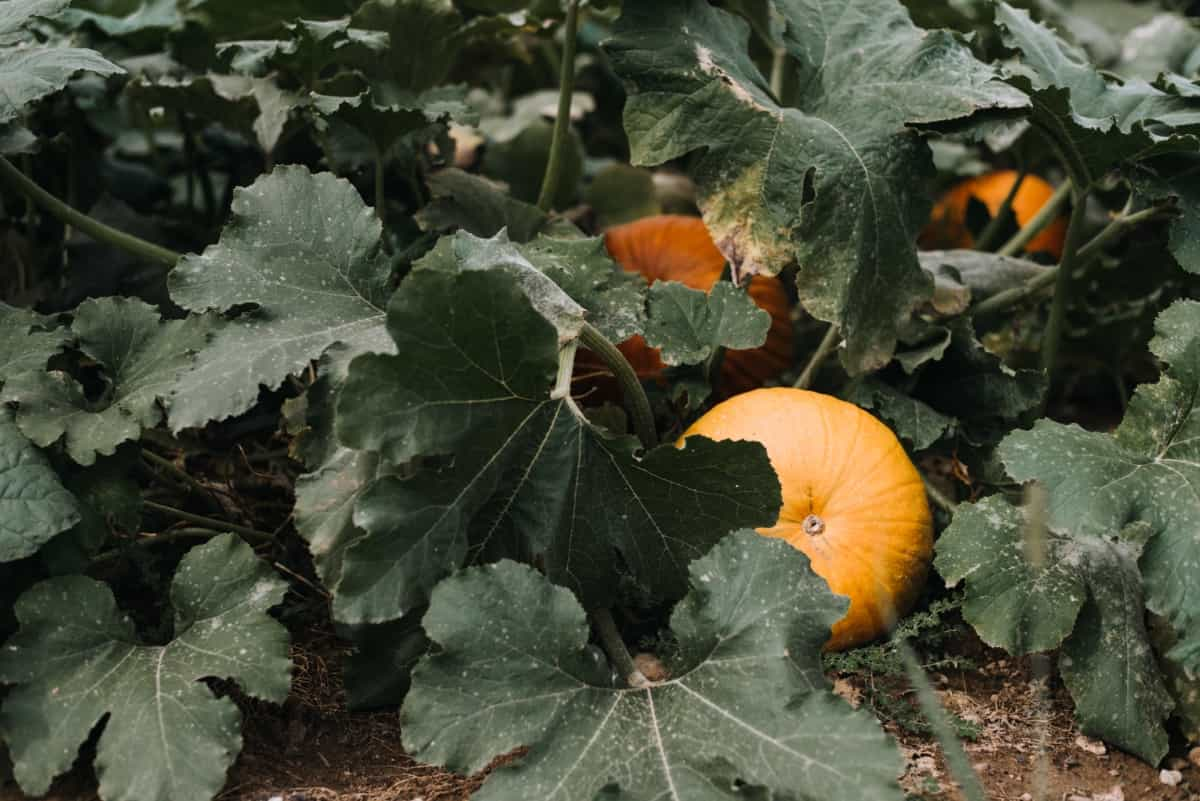
Using a small artist’s paintbrush or cotton swab can help with precision during manual pollination. For optimal results, be sure to repeat this process multiple times across different female flowers. After pollination, you can cover the pollinated female flowers with a small bag or mesh netting to protect them from insects. After pollination, monitor the pollinated flowers for signs of fruit development. Provide adequate water and nutrients to support healthy Pumpkin growth.
Timing and Environmental Factors Affecting Pumpkin Pollination
Pumpkin plants rely on precise timing for successful pollination, typically in the early morning when flowers are open. Bees are more active during these hours, enhancing the chances of efficient pollen transfer. Environmental conditions such as temperature and humidity also impact pollination. Extreme heat can cause flowers to drop prematurely, affecting the process. Adequate moisture is essential for healthy flower development and pollen viability.
Planting Pumpkins in well-drained soil with plenty of sunlight promotes optimal growth and flowering. Avoid planting near heavily trafficked areas that may disrupt bee activity during critical pollination periods.
Managing Pests and Diseases for Healthy Pollination
Pests like aphids and cucumber beetles can damage Pumpkin plants and affect their ability to attract pollinators. Implementing integrated pest control techniques, such as using row covers or introducing beneficial insects, can help keep these pesky critters at bay. Diseases like powdery mildew, downy mildew, and bacterial wilt can also impact Pumpkin plants’ health, hindering their pollen production and overall reproductive success.
Regularly scouting for signs of disease, practicing good crop rotation, and providing adequate air circulation can all contribute to a healthier growing environment for Pumpkins. Growers can create optimal conditions for successful pollination in their Pumpkin fields by staying vigilant and proactive in addressing pest and disease issues.
Intercropping Strategies to Support Pollination
Interplanting Pumpkins with companion plants can enhance pollination and boost yields. Diversifying the floral landscape attracts a variety of pollinators to your garden. Consider planting bee-friendly flowers like marigolds, sunflowers, or lavender alongside your Pumpkin patch. These blooms not only attract bees but also provide them with additional sources of nectar and pollen.
In case you missed it: Organic Pumpkin Farming, Cultivation Practices
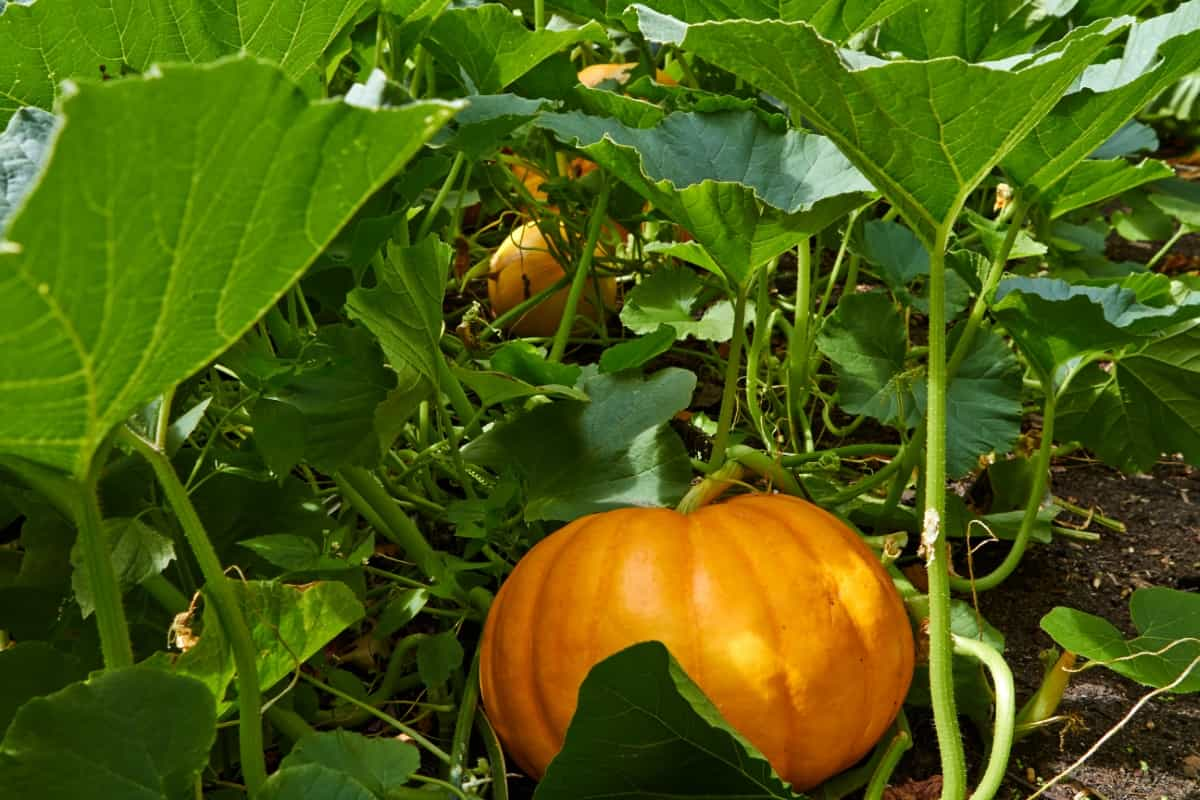
Intercropping can create a more balanced ecosystem in your garden, attracting beneficial insects that help control pests naturally. Plants such as dill, fennel, or cilantro act as natural pest repellents while attracting pollinators at the same time. This symbiotic relationship promotes biodiversity and strengthens the overall health of your garden. Additionally, intercropping can improve soil fertility by enhancing nutrient cycling between different plant species.
Use of Bumblebees vs. Honeybees in Pumpkin Pollination
Bumblebees are known for their buzz pollination technique, which can be more effective at releasing pollen from Pumpkin flowers compared to honeybees. However, honeybees are still valuable pollinators and can cover larger areas efficiently. Bumblebee colonies are typically smaller and may be easier to manage in controlled environments like greenhouses or polytunnels. They also tolerate cooler temperatures better, making them suitable for early-season Pumpkin pollination when temperatures might still be low.
On the other hand, honeybee colonies tend to be larger and better at communicating flower locations within the hive. This can lead to more efficient pollination across a wide area of Pumpkin plants in outdoor fields. Both bumblebees and honeybees play important roles in Pumpkin pollination, and selecting the right type of bee depends on factors like location, scale of operation, and environmental conditions.
Effects of Pesticides on Pumpkin Pollinators and How to Mitigate Them
Pesticides play a significant role in agriculture but can have unintended consequences on Pumpkin pollinators. These chemicals may harm bees and other beneficial insects crucial for pollination. To mitigate these effects, farmers can adopt integrated pest management practices to reduce pesticide use. Using alternative pest control methods like introducing natural predators or implementing crop rotation can help maintain a balance between pest management and protecting pollinators.
Additionally, timing pesticide applications when pollinators are less active can minimize their exposure. Choosing pesticides that are less harmful to bees and applying them judiciously according to label instructions is essential for safeguarding Pumpkin pollinators. Educating farmers about the importance of pollinator health and promoting sustainable farming practices are key steps in ensuring a healthy ecosystem for Pumpkin production.
Watering Practices to Enhance Pumpkin Flowering and Pollination
Watering is crucial for enhancing Pumpkin flowering and pollination. Adequate hydration ensures healthy plant growth, leading to robust blooms that attract pollinators. Provide regular deep waterings rather than frequent shallow ones to encourage strong root development. During the flowering stage, focus on maintaining consistent moisture levels in the soil. Avoid overwatering the Pumpkin, as it can lead to issues like root rot and impact overall plant health.
In case you missed it: Top 17 Steps/Ways to Boost Pumpkin Yield: How to Increase Production, Size, and Quality
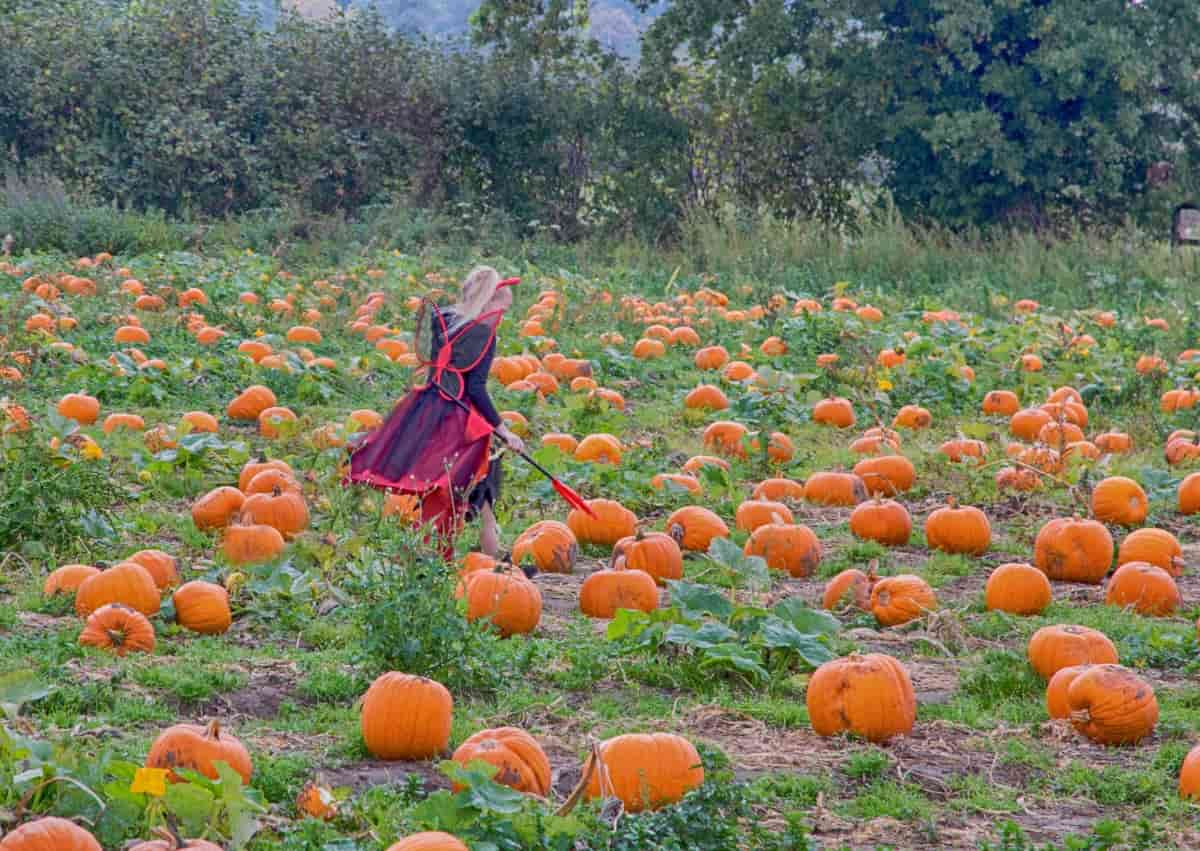
Use mulch around the base of your Pumpkin plants to retain soil moisture and prevent evaporation during hot weather. Consider using drip irrigation for efficient and targeted watering without excessively wetting the foliage. This helps reduce fungal diseases while ensuring that water reaches the roots where it’s needed most. Monitoring soil moisture levels regularly will allow you to adjust your watering practices based on environmental conditions and plant needs.
The Impact of Climate Change on Pumpkin Pollination Patterns
Fluctuating temperatures and unpredictable rainfall can disrupt pollinators’ natural rhythms, affecting Pumpkin yields. Extreme heat can cause flowers to drop prematurely, reducing the chances of successful pollination. Conversely, sudden cold snaps may impede pollen development and transfer.
These shifts in climate conditions challenge traditional pollination strategies. As seasons become less predictable, Pumpkin growers must adapt by implementing proactive measures to support pollinator populations. Creating diverse habitats near Pumpkin fields can attract a variety of pollinators that are resilient to changing climates.
Monitoring and Managing Soil Health for Pumpkin Plant Health
Regularly testing the soil pH levels, nutrient content, and microbial activity can help you make informed decisions about fertilization and amendments. Implementing crop rotation practices helps prevent soil depletion and disease buildup, promoting overall plant vigor. Consider cover cropping with legumes or grasses to add organic matter and improve soil structure.
In case you missed it: Top 20 Pumpkin Varieties to Grow in Your Garden: Best List of Pumpkin Varieties for High Profits
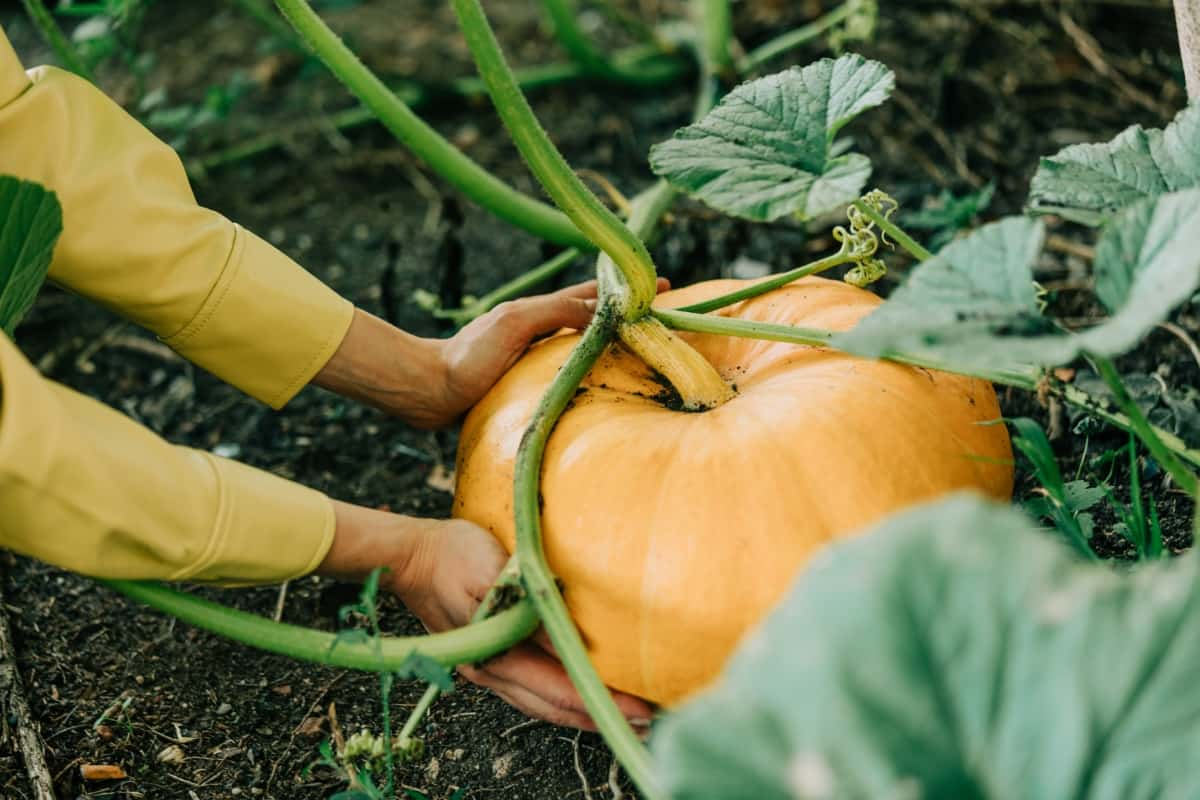
Utilizing mulch around Pumpkin plants conserves moisture, suppresses weeds, and regulates soil temperature. This helps create a favorable environment for healthy root development. Regularly inspecting the Pumpkin plants for signs of nutrient deficiencies or pest infestations allows for timely intervention to maintain plant health. Partnering with local agricultural extension services or experts can provide insights tailored to your specific growing conditions.
Innovations in Pollination Technology for Pumpkins
The main technology is the use of drones equipped with pollen dispensers, allowing for precise and efficient pollination across large fields. These high-tech helpers can navigate Pumpkin patches with ease, ensuring that each flower receives the vital pollen it needs to develop into a healthy fruit. Another technology is the development of robotic bees designed to mimic the behavior of real bees in pollinating crops.
These artificial pollinators offer a sustainable solution to declining bee populations and provide consistent and reliable pollination services for Pumpkins. Smart pollination systems utilize sensors and data analytics to monitor environmental conditions to optimize the timing and effectiveness of pollination efforts. Another cutting-edge technique involves the use of vibrating tools that mimic the buzz of bees, shaking loose pollen from male flowers onto receptive female blooms.
Additionally, researchers are exploring genetic modifications to enhance Pumpkin plants’ attractiveness to bees and other pollinators, ultimately boosting pollination rates and crop productivity. Designed specifically for Pumpkin pollination, pollen dispensing devices dispense precise amounts of pollen directly onto the flowers, ensuring uniform coverage and maximizing the chances of successful fertilization.
By implementing these strategies, you can increase the likelihood of successful pollination and maximize Pumpkin yield in your garden. Maximizing Pumpkin yield through effective pollination strategies involves a combination of understanding the biology of Pumpkin plants and implementing appropriate techniques to enhance pollination.
- Types of Pesticides Used in Agriculture: A Beginner’s Guide
- Economical Aquaculture: A Guide to Low-Budget Fish Farming
- 15 Common Planting Errors That Can Doom Your Fruit Trees
- How to Make Houseplants Bushy: Effective Tips and Ideas
- Innovative Strategies for Boosting Coconut Pollination and Yield
- Pollination Strategies for Maximum Pumpkin Yield
- The Complete Guide to Chicken Fattening: Strategies for Maximum Growth
- Natural Solutions for Tulip Problems: 100% Effective Remedies for Leaf and Bulb-Related Issues
- Revolutionizing Citrus Preservation: Towards a Healthier, Greener Future
- Natural Solutions for Peony Leaf and Flower Problems: 100% Effective Remedies
- Maximizing Profits with Avocado Contract Farming in India: A Comprehensive Guide
- Natural Solutions for Hydrangea Problems: 100% Effective Remedies for Leaf and Flowers
- The Ultimate Guide to Choosing the Perfect Foliage Friend: Bringing Life Indoors
- From Sunlight to Sustainability: 15 Ways to Use Solar Technology in Agriculture
- The Ultimate Guide to Dong Tao Chicken: Exploring from History to Raising
- The Eco-Friendly Makeover: How to Convert Your Unused Swimming Pool into a Fish Pond
- Mastering the Art of Delaware Chicken Farming: Essentials for Healthy Backyard Flocks
- 20 Best Homemade Fertilizers for Money Plant: DIY Recipes and Application Methods
- How to Craft a Comprehensive Free-Range Chicken Farming Business Plan
- Brighten Your Flock: Raising Easter Egger Chickens for Beauty and Bounty
- How to Optimize Your Poultry Egg Farm Business Plan with These Strategies
- Subsidy for Spirulina Cultivation: How Indian Government Schemes Encouraging Spirulina Farmers
- Ultimate Guide to Raising Dominique Chickens: Breeding, Feeding, Egg-Production, and Care
- Mastering the Art of Raising Jersey Giant Chickens: Care, Feeding, and More
- Ultimate Guide to Raising Legbar Chickens: Breeding, Farming Practices, Diet, Egg-Production
- How to Raise Welsummer Chickens: A Comprehensive Guide for Beginners
- How to Protect Indoor Plants in Winter: A Comprehensive Guide
- Ultimate Guide to Grow Bag Gardening: Tips, Tricks, and Planting Ideas for Urban Gardeners
- Guide to Lotus Cultivation: How to Propagate, Plant, Grow, Care, Cost, and Profit
- Agriculture Drone Subsidy Scheme: Government Kisan Subsidy, License, and How to Apply Online
- Ultimate Guide to Raising Araucana Chickens: Breed Profile, Farming Economics, Diet, and Care
- Bringing Hydroponics to Classroom: Importance, Benefits of Learning for School Students
- Ultimate Guide to Raising Polish Chickens: Breed Profile, Farming Economics, Diet, and Care
- Ultimate Guide to Raising Australorp Chickens: Profile, Farming Economics, Egg Production, Diet, and Care
- Silkie Chicken Farming: Raising Practices, Varieties, Egg Production, Diet, and Care
- Sussex Chicken Farming: Raising Practices, Varieties, Egg Production, Diet and Care